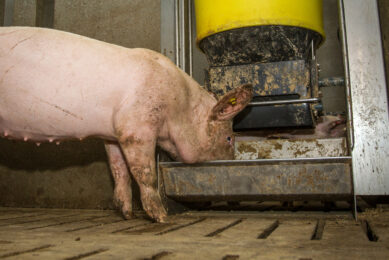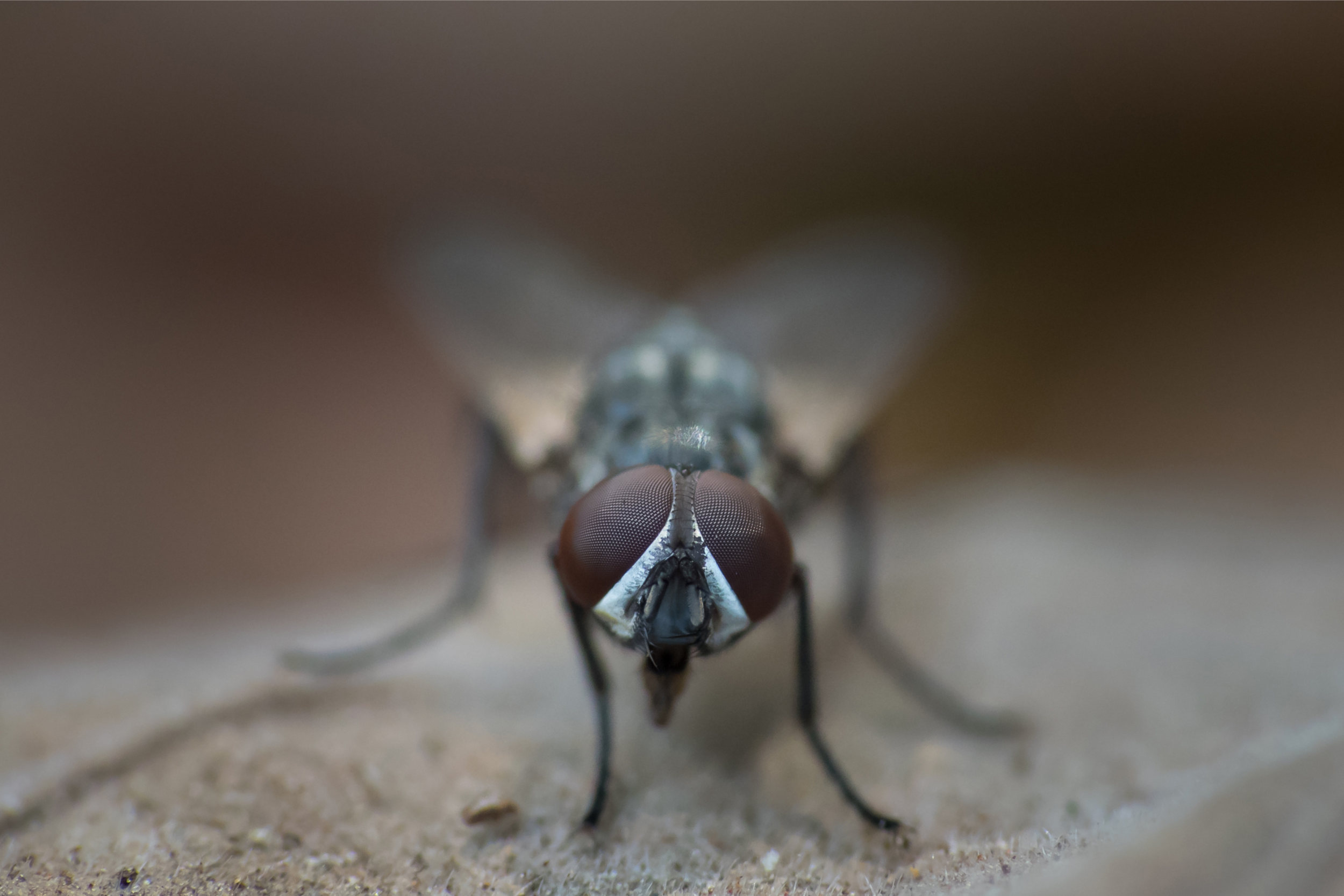ASF Russia: new outbreaks jeopardise export plans

Russia has lost nearly 105,000 pigs in the largest African Swine Fever (ASF) outbreaks in the far east in years. The regional authorities estimated that the Primorsk Krai region ensured that the domestic market would not feel the impact, though the region saw a 25% drop in the pig population. Export supplies to Asia, however, are imperilled.
It is yet to be seen how the ASF penetrated the RusAgro farm, which has the fourth safety compartment. This means that chances of virus introduction were believed to be almost excluded. The All-Russian Research Institute of Animal Husbandry, the RusAgro security service and the Russian veterinary watchdog Rosselkhoznadzor are all running investigations to figure out what happened.
Intentional introduction
Andrey Bronts, the Agricultural Minister of the Primorsk Krai, said that one of the working versions is a diversion, meaning that somebody intentionally brought ASF to the farm. He explained that the further actions of the parties involved would depend on whether the outbreak occurred as a result of sabotage or bungling.
Domestic market secured
Currently, the main task is to stop the spread of the infection, Bronts said. RusAgro is likely to remain the largest pork producer in this part of the country. The losses should be covered by the insurance, though at this stage, it is not clear when the affected farms could resume operation.
The domestic market should not feel the negative consequences of the outbreak since the supply is excessive. Oleg Kozhemyako, the governor of the Primorsk Krai, has recently disclosed that between January and May, pork production in the region totalled nearly 32,000 tonnes, 40% more compared with the previous year. He also promised that the outbreak should not entail supply disruptions in the market.
Export on the line
However, export supplies might be at risk. Bronts said that the region sought to ramp up sales to Asian countries, in particular China and Vietnam. In 2023, Russian pork export could climb to 200,000-220,000 tonnes against 173,000 tonnes in the previous year, Yuri Kovalev, chairman of the Russian Union of pork producers, said during a recent industry conference. In addition to Belarus and Kazakhstan, Russia sees a rise in sales to Vietnam and also delivers some product batches to Hong Kong and Mongolia.
The long-term goal is to open new markets for Russian pork, such as China and the Philippines, where Russian pig farmers could occupy a 5% to 10% market share, Kovalev stated.











